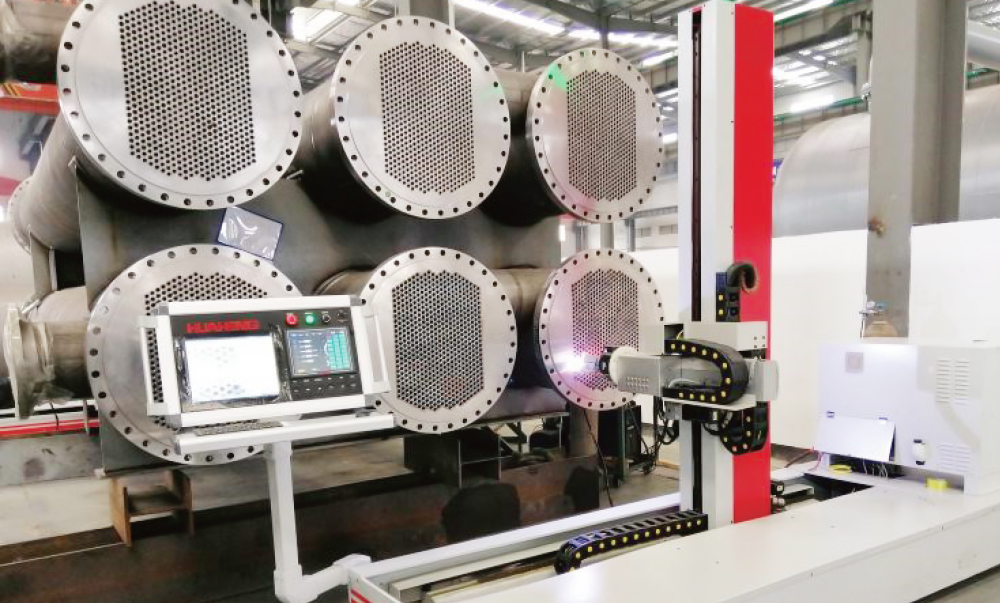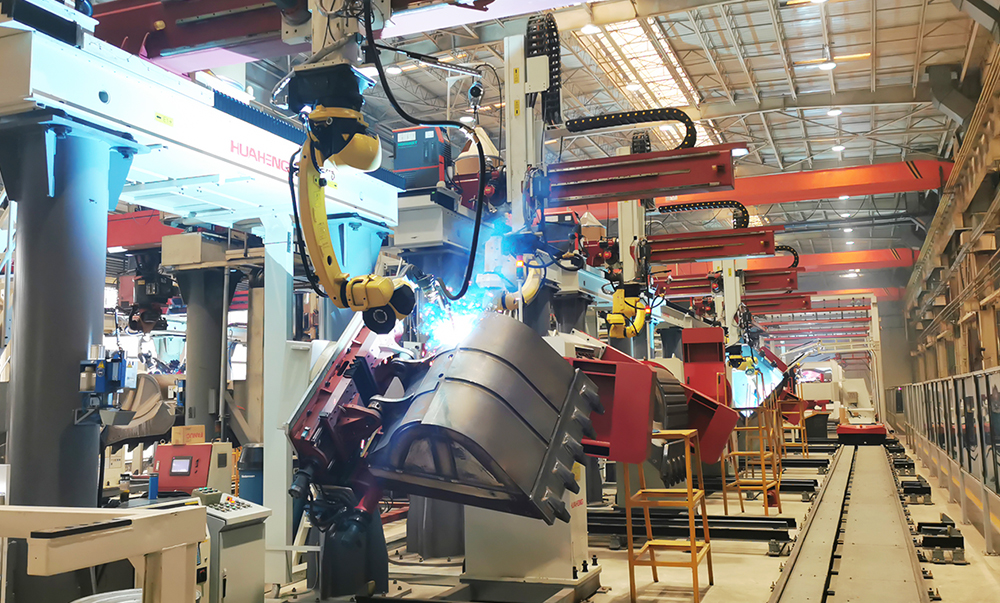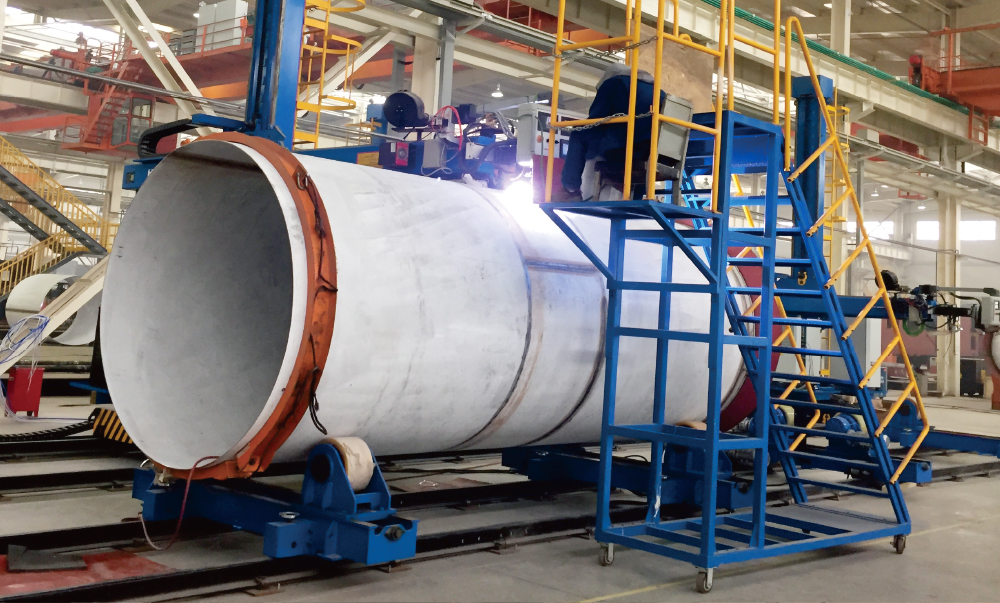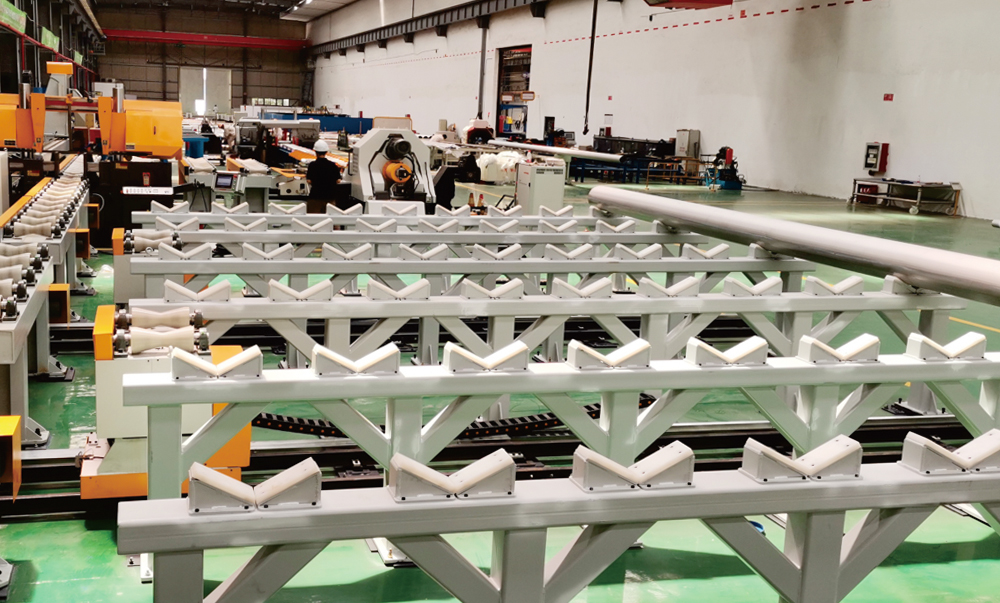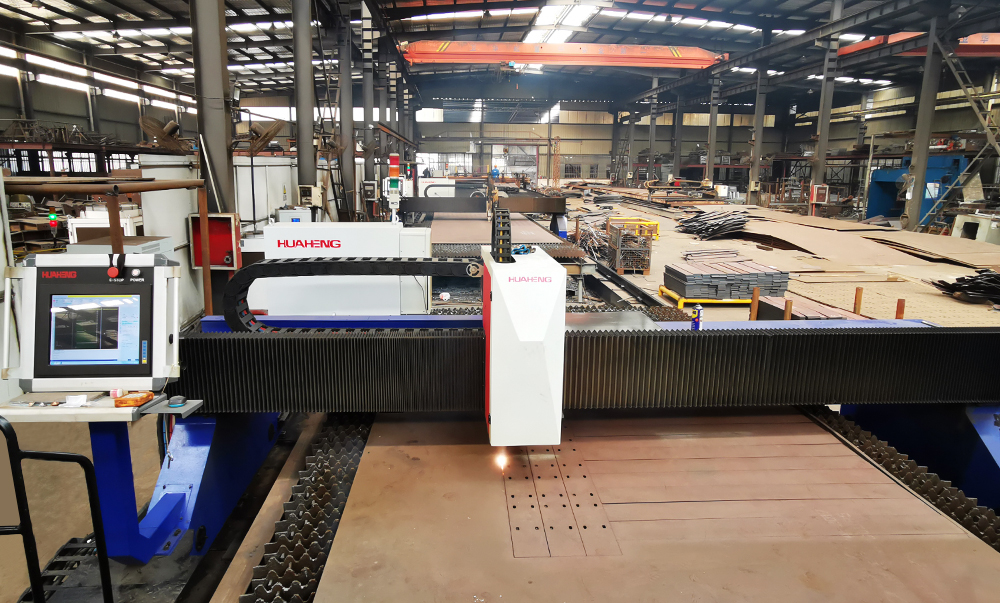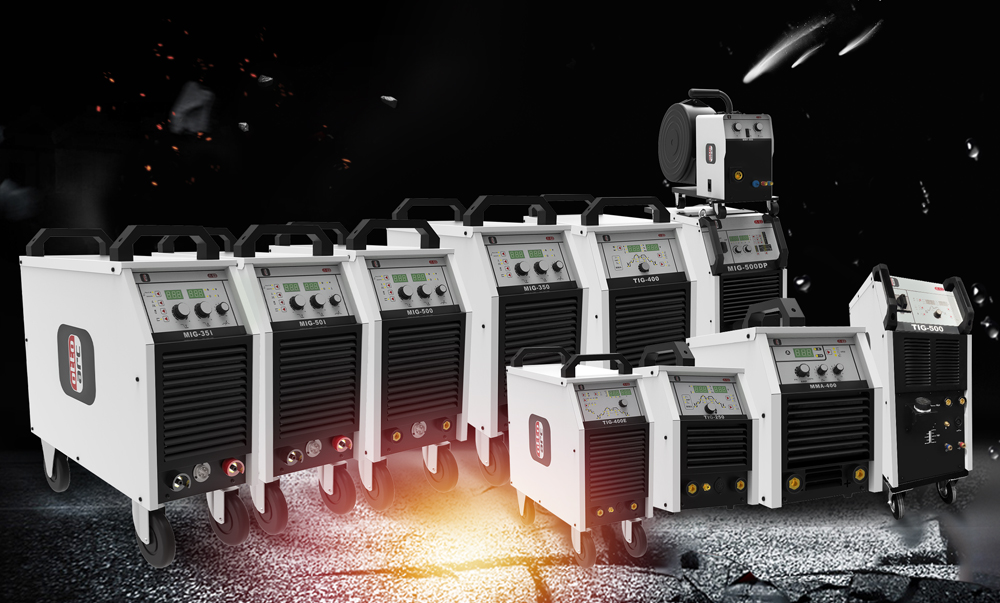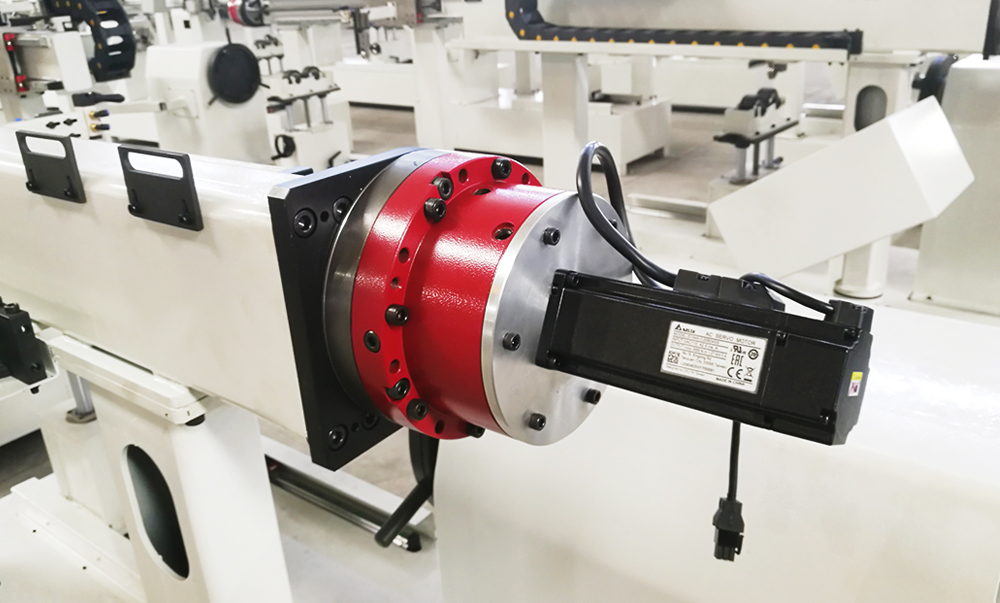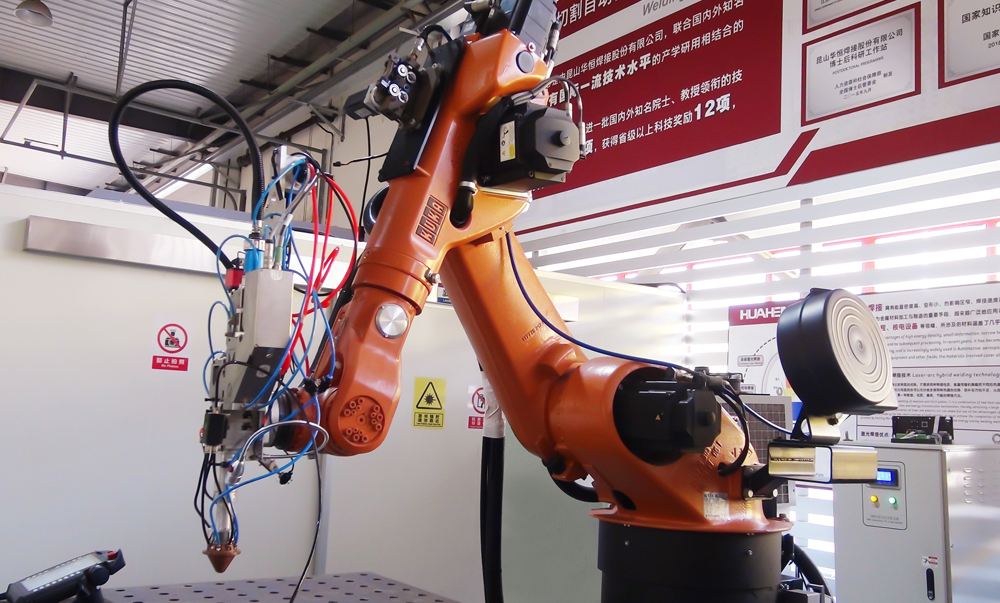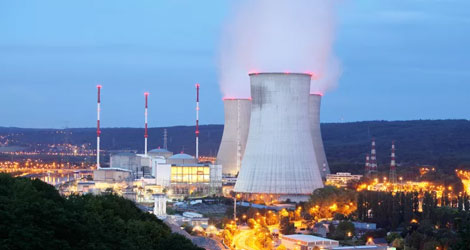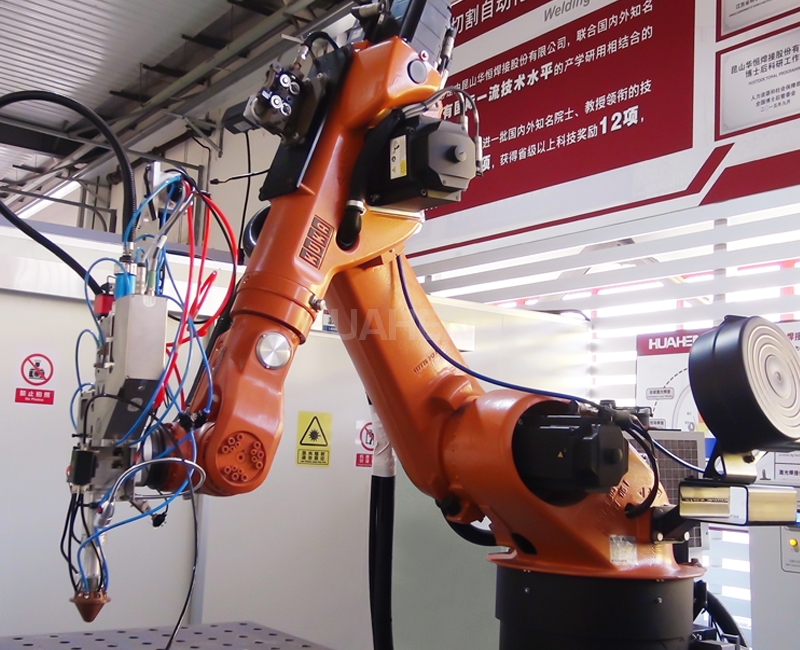Laser cladding is a new type of surface modification technology that uses laser beams and hot cladding materials and substrate surfaces to weld the required special materials on the surface of the workpiece.
Compared with commonly used technologies such as surfacing and plasma spray welding (coating), laser cladding technology has a series of outstanding features:
The structure of the cladding layer is small and dense, the coating and hardness are higher, and the corrosion resistance and wear resistance are more worrying;
The coating and the substrate are metallurgically combined;
The dilution rate of the cladding layer is low (only 5%-8%), and the required performance requirements can be achieved with a thinner cladding layer;
The laser beam power density is high, the heating temperature is high, and the selection range of cladding materials is wider;
Small heat affected zone, less deformation of workpiece;
The quality of the cladding is stable, and it is easy to realize automatic production.
A laser, a set of dedicated chillers, a CNC machine tool, an automatic powder feeder, a set of optical path system, and CNC software can complete laser processing of shaft parts, plane parts, etc., which are widely used in hardware, Industrial fields such as mining, steel, aerospace and even new civilian products.


 中文
中文
